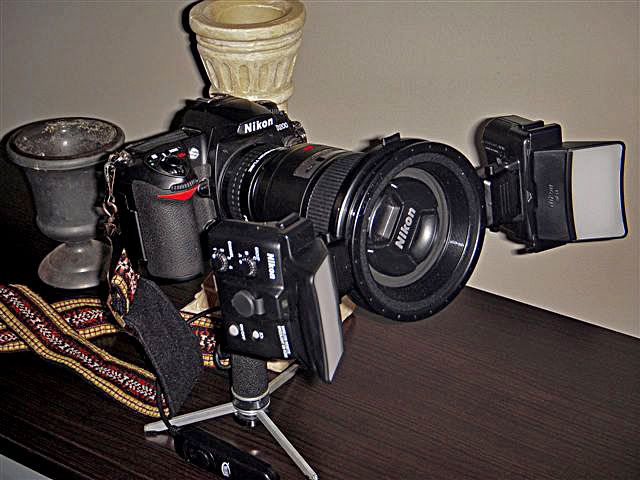mkoop
New member
Hello everyone! I have been lurking around the forums for quite some time and recently decided to join as I purchased my first ever tank.
I have been a photography enthusiast for a few years, mainly working with a Nikon D200 and doing macro photography.
I recently ordered a 180g tank and am waiting for it to arrive. I plan to document everything for a blog from set up through cycling and stocking.
What I am not overly sure about is photographing the actual fish/corals once the tank is stocked. While I have done a great deal of macro photography, vary rarely has it been done through acrylic or any type of glass for that matter.
This brings about a question - as higher levels of macro require more and more light. I have an SB-910 but am unsure how to properly bounce the flash for a tank. (Or are you relying on the tank lighting? Does it provide sufficient lighting?)
The other option of course would be setting up external lights which may be the better idea over the flash anyway. I am fairly certain a direct flash would be bad for the fish - but does bouncing it off the ceiling through a disperser work?
I will be primarily shooting with a Tamron 90mm f/2.8 SP AF Di Macro Lens.
Any tips would be appreciated - thanks!
I have been a photography enthusiast for a few years, mainly working with a Nikon D200 and doing macro photography.
I recently ordered a 180g tank and am waiting for it to arrive. I plan to document everything for a blog from set up through cycling and stocking.
What I am not overly sure about is photographing the actual fish/corals once the tank is stocked. While I have done a great deal of macro photography, vary rarely has it been done through acrylic or any type of glass for that matter.
This brings about a question - as higher levels of macro require more and more light. I have an SB-910 but am unsure how to properly bounce the flash for a tank. (Or are you relying on the tank lighting? Does it provide sufficient lighting?)
The other option of course would be setting up external lights which may be the better idea over the flash anyway. I am fairly certain a direct flash would be bad for the fish - but does bouncing it off the ceiling through a disperser work?
I will be primarily shooting with a Tamron 90mm f/2.8 SP AF Di Macro Lens.
Any tips would be appreciated - thanks!

